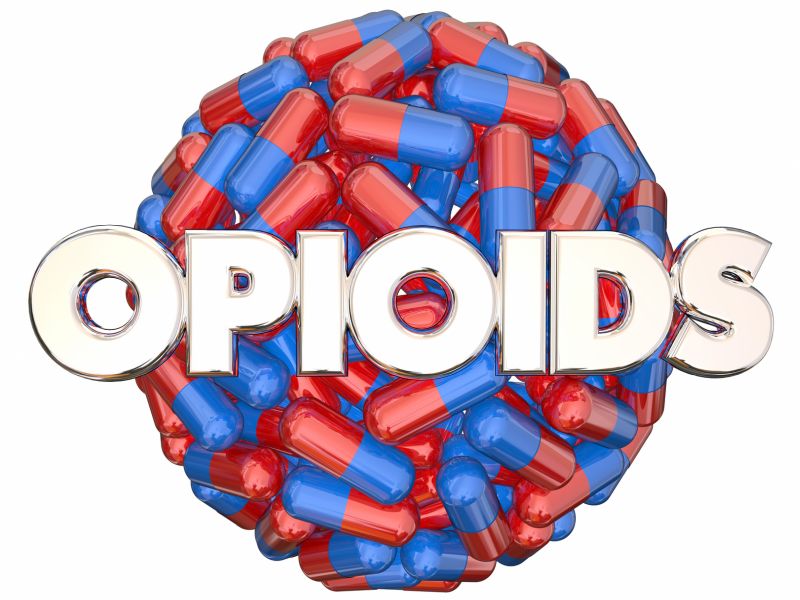FRIDAY, Sept. 15, 2017 (HealthDay News) — A growing number of children and teens are turning up in U.S. emergency departments dependent on opioids — including prescription painkillers and heroin, a new study finds.
Researchers found that in 2013, nearly 50,000 ER patients aged 21 and younger were diagnosed with opioid dependence or addiction. That was up from just over 32,200 in 2008.
By that final year, roughly 135 kids were testing positive for opioid dependence each day in the nation’s emergency departments, the researchers said.
Child health experts said the findings offer the latest glimpse into the national opioid epidemic — and, specifically, its impact on kids.
“This is not just a problem for adults,” said lead researcher Dr. Veerajalandhar Allareddy, medical director of the pediatric intensive care unit at Stead Family Children’s Hospital, in Iowa City.
“Kids are also at risk of opioid abuse, and it’s an emerging public health issue,” he said.
Allareddy is scheduled to present the findings Sept. 18 at the American Academy of Pediatrics annual meeting, in Chicago.
One doctor who sees kids with opioid dependence said he was not surprised by the study results.
“I have no problem believing this,” said Dr. Marcel Casavant, chief of toxicology at Nationwide Children’s Hospital, in Columbus, Ohio.
“I can tell you this is real, based on my own practice,” said Casavant, who was not involved in the study. “There are definitely more and younger children turning up [with opioid dependence].”
In a study published earlier this year, Casavant and his colleagues found one promising pattern: U.S. poison control centers are seeing fewer calls about children and teenagers who’d ingested prescription opioids — either accidentally or intentionally.
But some other trends were ominous: Among teenagers, the rate of suspected suicide by opioid overdose rose by 53 percent between 2000 and 2015.
The new study focused on opioid dependence and addiction among young people, using emergency department records from a nationally representative sample of U.S. hospitals.
In 2008, there were 32,235 patients younger than 21 diagnosed with opioid dependence or addiction. By 2013, that had risen to 49,626, the findings showed.
The large majority of those ER visits — 88 percent — were made by 18- to 21-year-olds, while 16- and 17-year-olds accounted for over 8 percent. But there was a “handful” of cases among children younger than 12, Allareddy said.
Opioids include heroin, as well as prescription painkillers like OxyContin, Percocet and Vicodin. Starting in the 1990s, U.S. doctors started prescribing those pain medications much more often, over concerns that patients with severe pain were not being adequately helped.
Nationwide, sales of prescription opioids rose 300 percent between 1999 and 2008, according to the U.S. Centers for Disease Control and Prevention.
But there was an unintended side effect: a sharp rise in painkiller abuse and “diversion” — meaning the drugs increasingly got into the hands of people with no legitimate medical need.
Allareddy said his team had no information on the context of kids’ opioid dependence — whether they were abusing prescription drugs or heroin, or whether it began with a legitimate prescription from a doctor.
“The records were from kids who came to the ER for any reason, and the doctor had the suspicion to test for opioids,” Allareddy said.
It is possible, he noted, that the increase in diagnoses between 2008 and 2013 was due to increased drug screening — at least partly.
At the same time, the numbers in this study are probably “only the tip of the iceberg,” Allareddy said: They capture only kids who ended up in an emergency department.
More research is critical to get a handle on the scope of opioid abuse among U.S. kids, Allareddy said.
For now, Casavant had some advice for parents: If you are prescribed an opioid painkiller, keep it under lock and key.
“The advice to keep medications ‘out of sight, out of reach’ can protect younger children from accidental ingestion,” Casavant said. “It’s not enough to deter teenagers who do know what they’re doing.”
Research presented at meetings should be considered preliminary until published in a peer-reviewed medical journal.
More information
The U.S. National Institute on Drug Abuse has more on opioids.
Copyright © 2025 HealthDay. All rights reserved.

